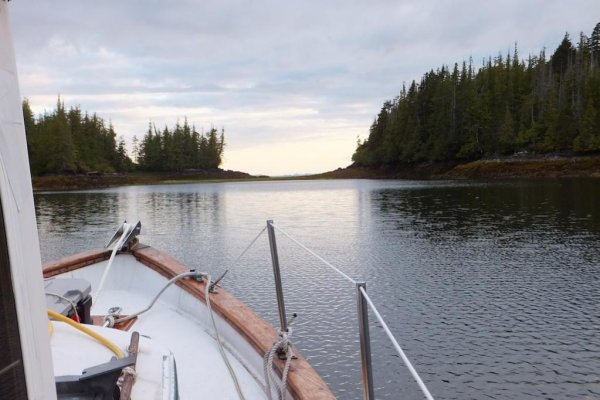if you look at Marin's boat a good part of it you can't even see because he's afraid to expose it to the sun and weather.
Nothing sticks to teak because of the oil in the wood and moisture eventually gets under it and it's game over.
This "nothing sticks to teak because it's too oily" is a myth. Teak's simply not that oily. The oil that's in it is why a lot of us use CPES on the wood first, before applying the finish. The CPES seals the wood and gives an epoxy surface for the finish to grip. Applying the first coat of finish while the last coat of CPES is still tacky in essence glues the first coat of finish to the wood and nothing can get under it, period.
We don't use the covers because we're afraid of the Bristol failing. We have pieces of wood we put on the boat like antenna mounts, etc. that got ten coats of Bristol 10 or 12 years ago and have never been touched since and the finish is fine even with being totally exposed to the weather 24/7/365 .
We use the covers because all the factory bedding under the exterior trim on this 39 year old boat has long since hardened and crumbled. This allows moisture to get behind the wood and THAT starts lifting the finish. Right now we simply don't have the time to do the proper thing which is remove all the trim including hand, cap, and grab rails, and all the trim strips, strip them completely, refinish them, and reinstall them with new bedding.
I did find the time to do this over the winter with the two grab rails on the forward cabin top. Three coats of CPES and 10 coats of Bristol, the first applied over the curing CPES. They look like rails on a museum quality Gar Wood.. I just reinstalled them with new bedding and based on our experience with the pieces of exterior teak that don't have the failed bedding problem I don't expect to have to touch these grab rails again for at least six or seven years with no covers on them.
The covers help minimize the finish lifting as a result of the old, failed bedding. This slows the deterioration until the day comes we have the time--- and the weather cooperates--- to do the refinish and rebedding job properly.





